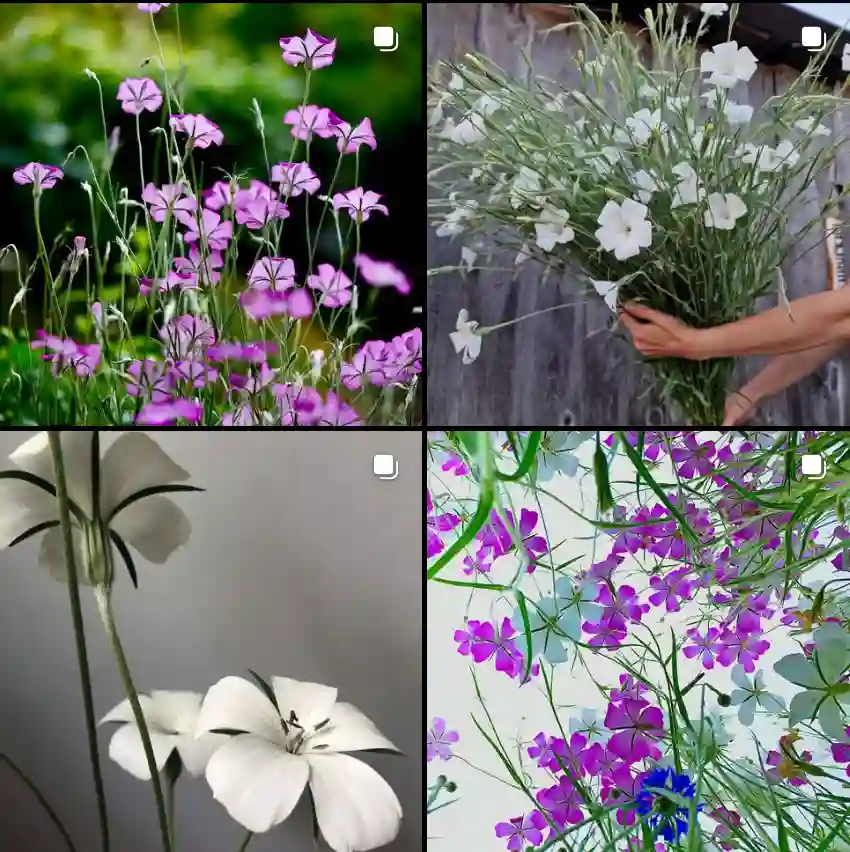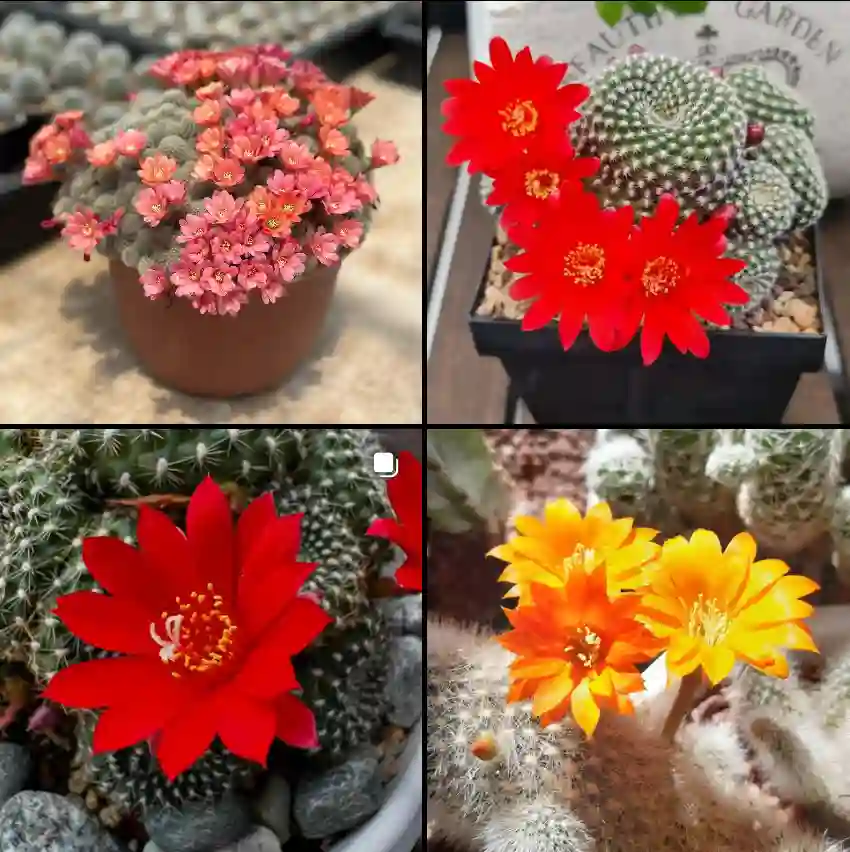Exploring Hosta Midnight Oil: A Nighttime Wonder
As a gardening enthusiast, I’ve always been fascinated by the beauty and versatility of different plant varieties. Recently, I came across Hosta Midnight Oil, a striking plant that caught my attention with its dark foliage and unique charm. In this article, I’ll delve into the world of Hosta Midnight Oil, exploring its characteristics, care requirements, propagation methods, and suitable companion plants.
31 Species in Genus Hosta
What is Hosta Midnight Oil?
Hosta Midnight Oil is a cultivar of the Hosta plant, renowned for its distinctive deep green leaves with glossy, almost black, undersides. This perennial plant belongs to the family Asparagaceae and is native to East Asia, particularly Japan, China, and Korea. It typically grows in shady areas, making it an excellent choice for adding texture and contrast to garden beds or borders.
Is Hosta Midnight Oil Fertile?
One common query among gardeners is whether Hosta Midnight Oil is fertile. The answer to this question lies in understanding the reproductive capabilities of this plant. Hostas, including Midnight Oil, produce flowers in summer, usually in shades of white or lavender. However, while the flowers add aesthetic value to the plant, they are not known for prolific seed production. Therefore, if you’re looking to propagate Hosta Midnight Oil, dividing the plant is a more reliable method than relying on seed propagation.
How to Care for Hosta Midnight Oil?
Caring for Hosta Midnight Oil involves providing the right growing conditions to ensure its health and vigor. Here are some essential care tips:
1. Location: Plant Hosta Midnight Oil in partial to full shade, as direct sunlight can scorch its delicate foliage. Ensure the soil is well-draining and rich in organic matter.
2. Watering: Keep the soil consistently moist but not waterlogged. Water deeply, allowing the soil to dry slightly between watering sessions.
3. Fertilization: Apply a balanced fertilizer in spring as new growth emerges. Avoid over-fertilizing, as it can lead to weak foliage or reduced flowering.
4. Mulching: Apply a layer of organic mulch around the base of the plant to retain moisture, suppress weeds, and regulate soil temperature.
5. Pest and Disease Control: Keep an eye out for common pests such as slugs, snails, and deer, which may feed on Hosta Midnight Oil. Additionally, watch for signs of diseases such as crown rot or leaf spot and take prompt action if detected.
How to Propagate Hosta Midnight Oil?
Propagating Hosta Midnight Oil is relatively straightforward and can be done through division. Here’s a step-by-step guide:
1. Timing: Divide mature Hosta Midnight Oil plants in early spring before new growth begins or in early fall before the onset of winter dormancy.
2. Preparation: Water the plant thoroughly a day or two before dividing to make the process easier. Prepare sharp, sterilized tools for cutting.
3. Division: Carefully dig around the base of the plant, loosening the soil and exposing the root system. Gently tease apart the clumps, ensuring each division has healthy roots and foliage attached.
4. Replanting: Plant the divisions in prepared soil at the same depth as they were previously growing. Water thoroughly after planting to settle the soil around the roots.
What to Plant with Hosta Midnight Oil?
Choosing companion plants that complement Hosta Midnight Oil can enhance the visual appeal of your garden beds. Consider the following options:
1. Ferns: Pairing Hosta Midnight Oil with ferns creates a lush, woodland-inspired look. Choose varieties such as Japanese painted ferns or ostrich ferns for contrasting textures.
2. Heuchera: The colorful foliage of Heuchera, also known as coral bells, provides a striking contrast to the dark foliage of Hosta Midnight Oil. Opt for varieties with vibrant hues like purple, coral, or lime green.
3. Astilbe: The feathery plumes of Astilbe add vertical interest to the garden, complementing the broad leaves of Hosta Midnight Oil. Choose varieties that bloom in shades of pink, white, or red for a pop of color.
In conclusion, Hosta Midnight Oil is a captivating addition to any shade garden, offering rich, dark foliage that stands out against lighter companions. By understanding its care requirements and propagation methods, you can enjoy the beauty of this perennial plant for years to come. So, why not consider adding Hosta Midnight Oil to your garden landscape?
If i die, water my plants!


